MIT trained an AI to generate photorealistic holograms in milliseconds using just the processing power of a smartphone.
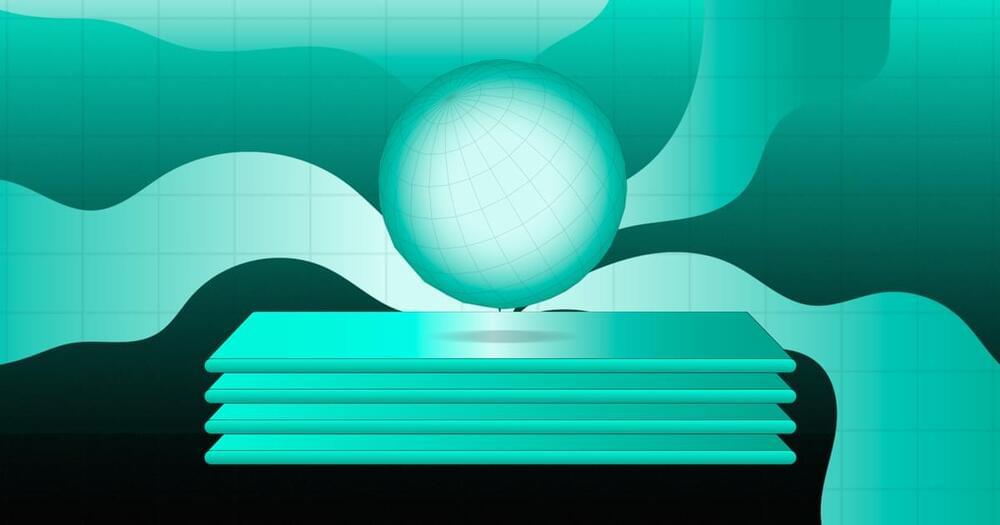

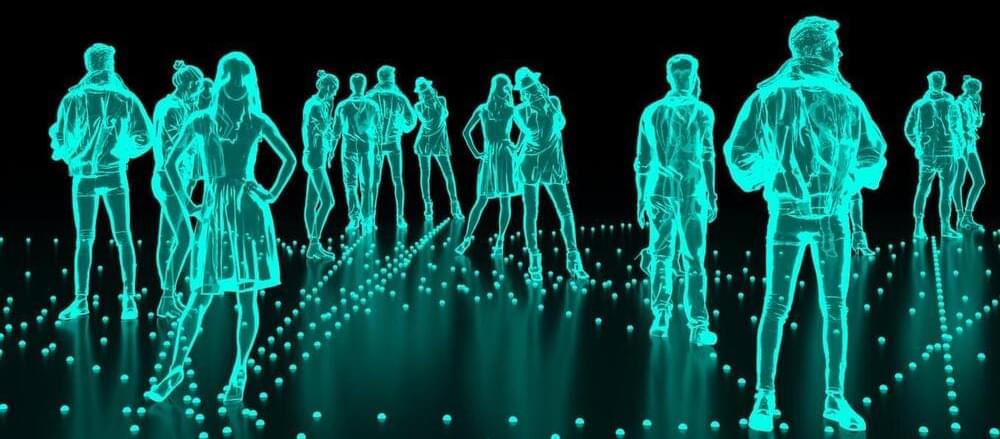
The TV show “Star Trek: The Next Generation” introduced millions of people to the idea of a holodeck: an immersive, realistic 3D holographic projection of a complete environment that you could interact with and even touch.
In the 21st century, holograms are already being used in a variety of ways such as medical systems, education, art, security and defense. Scientists are still developing ways to use lasers, modern digital processors, and motion-sensing technologies to create several different types of holograms which could change the way we interact.
My colleagues and I working in the University of Glasgow’s bendable electronics and sensing technologies research group have now developed a system of holograms of people using “aerohaptics,” creating feelings of touch with jets of air. Those jets of air deliver a sensation of touch on people’s fingers, hands and wrists.
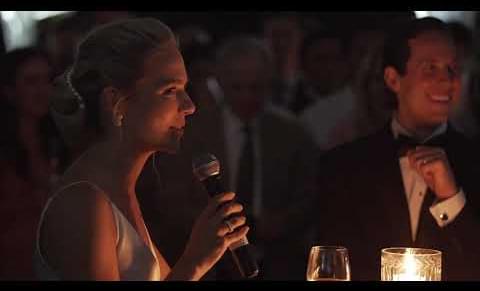
ARHT Media beamed a bridesmaid from London to her best friend’s wedding near Toronto as a live hologram, when she wasn’t able to be there in-person due to travel restrictions.
Hologram Technology — ARHT Media Inc. — www.arhtmedia.com.
Photographer: Will Reid Photography — www.willreidphoto.com.
Videographer: Corinne McDonald Films — www.corinnemcdonald.com.
Event Producers: Ashley Pigott Events — https://www.ashleypigott.com

A piece of science fiction technology could be one step closer to reality with a new development in haptic holograms.
The idea of haptic, or touchable, holograms is familiar to millions from its appearance in sci-fi favorites like Star Trek’s holodeck, where characters can interact with solid-seeming computer simulations of people, objects and places.
Now, a team of engineers from the University of Glasgow have developed a new way to create the sensation of physically interacting with holographic projections.
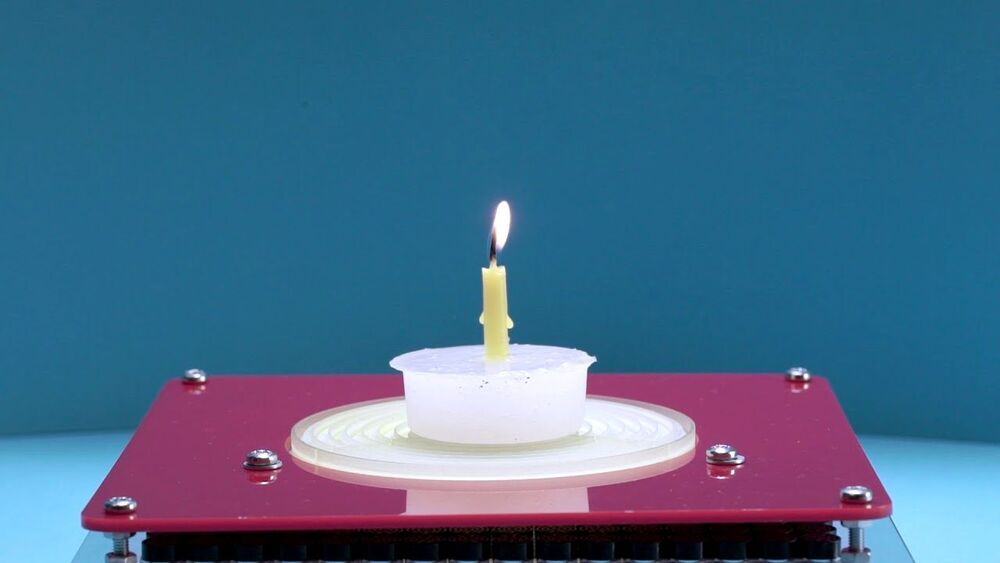
An acoustic tractor beam that can bend sound around an obstacle to levitate an object on the other side has been created by researchers in the UK. Dubbed SoundBender, the device combines an ultrasound transducer array with an acoustic metamaterial.
In recent years, researchers have used transducer arrays to build sonic tractor beams that can create complex acoustic holograms to manipulate objects in mid-air. Acoustic metamaterials are engineered materials with structural properties that do not usually occur naturally. They have been used to produce acoustic holograms, bend beams of sound and create static acoustic levitation devices. But the team behind the SoundBender, based at the University of Sussex, say that these technologies have key limitations.
Article by william brown, biophysicist, resonance science foundation research scientist.

Despite years of hype, virtual reality headsets have yet to topple TV or computer screens as the go-to devices for video viewing.
One reason: VR can make users feel sick. Nausea and eye strain can result because VR creates an illusion of 3D viewing although the user is in fact staring at a fixed-distance 2D display. The solution for better 3D visualization could lie in a 60-year-old technology remade for the digital world: holograms.
Holograms deliver an exceptional representation of 3D world around us. Plus, they’re beautiful. (Go ahead — check out the holographic dove on your Visa card.) Holograms offer a shifting perspective based on the viewer’s position, and they allow the eye to adjust focal depth to alternately focus on foreground and background.
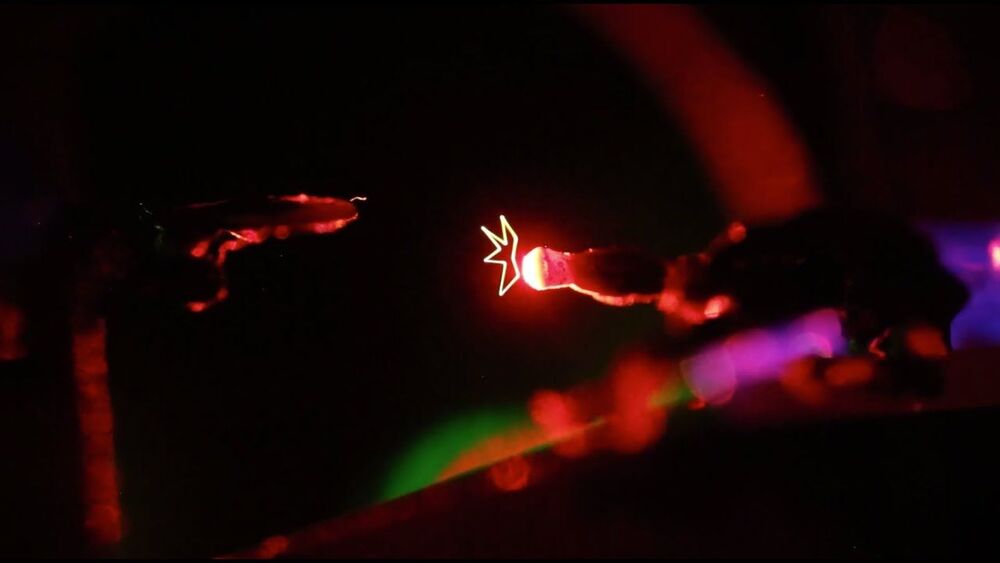
They may be tiny weapons, but Brigham Young University’s holography research group has figured out how to create lightsabers—green for Yoda and red for Darth Vader, naturally—with actual luminous beams rising from them.
Inspired by the displays of science fiction, the researchers have also engineered battles between equally small versions of the Starship Enterprise and a Klingon Battle Cruiser that incorporate photon torpedoes launching and striking the enemy vessel that you can see with the naked eye.
“What you’re seeing in the scenes we create is real; there is nothing computer generated about them,” said lead researcher Dan Smalley, a professor of electrical engineering at BYU. “This is not like the movies, where the lightsabers or the photon torpedoes never really existed in physical space. These are real, and if you look at them from any angle, you will see them existing in that space.”
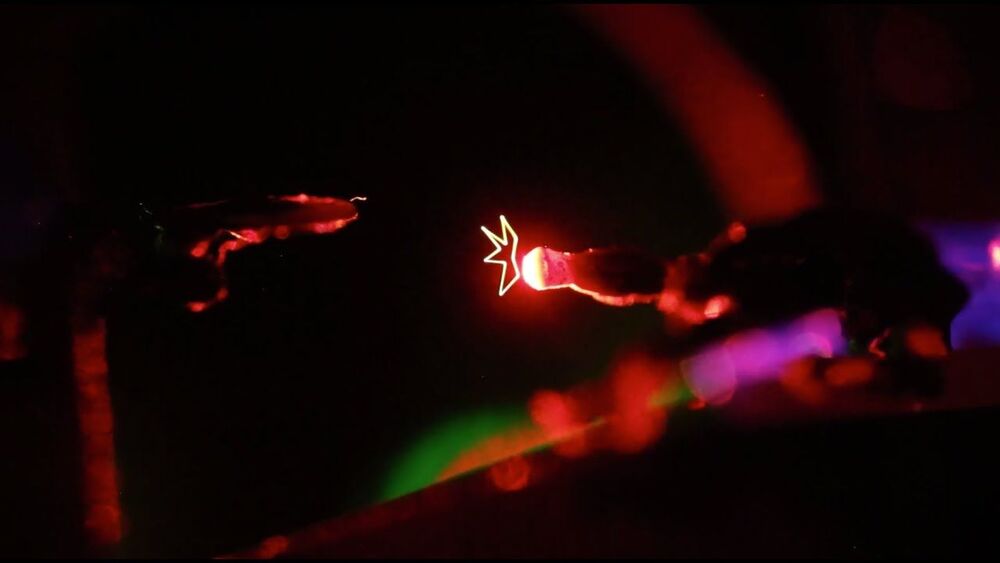
Researchers from Utah have figured out how to use lasers to create sci-fi-style holograms inspired by phasers from ‘Star Trek’ and lightsabers from ‘Star Wars.’
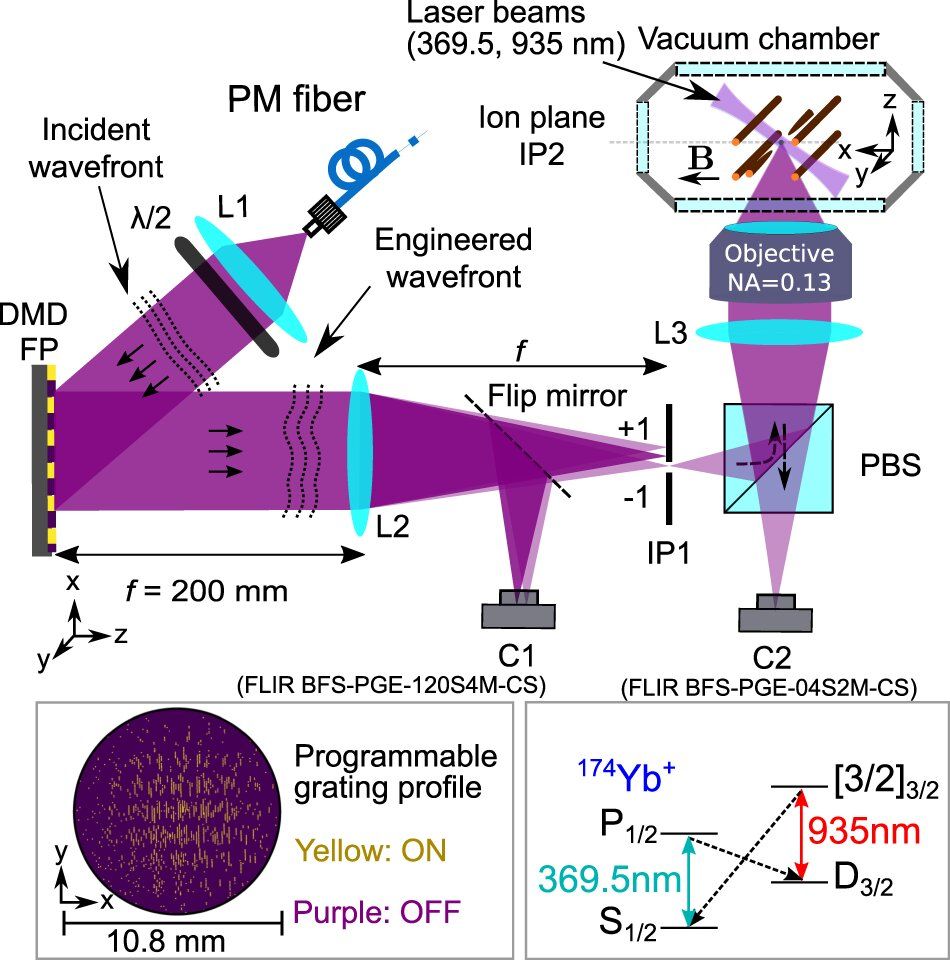
Researchers have discovered the most precise way to control individual ions using holographic optical engineering technology.
The new technology uses the first known holographic optical engineering device to control trapped ion qubits. This technology promises to help create more precise controls of qubits that will aid the development of quantum industry-specific hardware to further new quantum simulation experiments and potentially quantum error correction processes for trapped ion qubits.
“Our algorithm calculates the hologram’s profile and removes any aberrations from the light, which lets us develop a highly precise technique for programming ions,” says lead author Chung-You Shih, a Ph.D. student at the University of Waterloo’s Institute for Quantum Computing (IQC).

Researchers have used a quantum mechanical property to overcome some of the limitations of conventional holograms. The new approach, detailed in Nature Physics, employed quantum entanglement, allowing two photons to become a single “non-local particle.” A series of entangled photon pairs is key to producing new and improved holograms.
Classical holograms work by using a single light beam split into two. One beam is sent towards the object you’re recreating and is reflected onto a special camera. The second beam is sent directly onto the camera. By measuring the differences in light, its phase, you can reconstruct a 3D image. A key property in this is the wave’s coherence.
The quantum hologram shares some of these principles but its execution is very different. It starts by splitting a laser beam in two, but these two beams will not be reunited. The key is in the splitting. As you can see in the image below, the blue laser hits a nonlinear crystal, which creates two beams made of pairs of entangled photons.